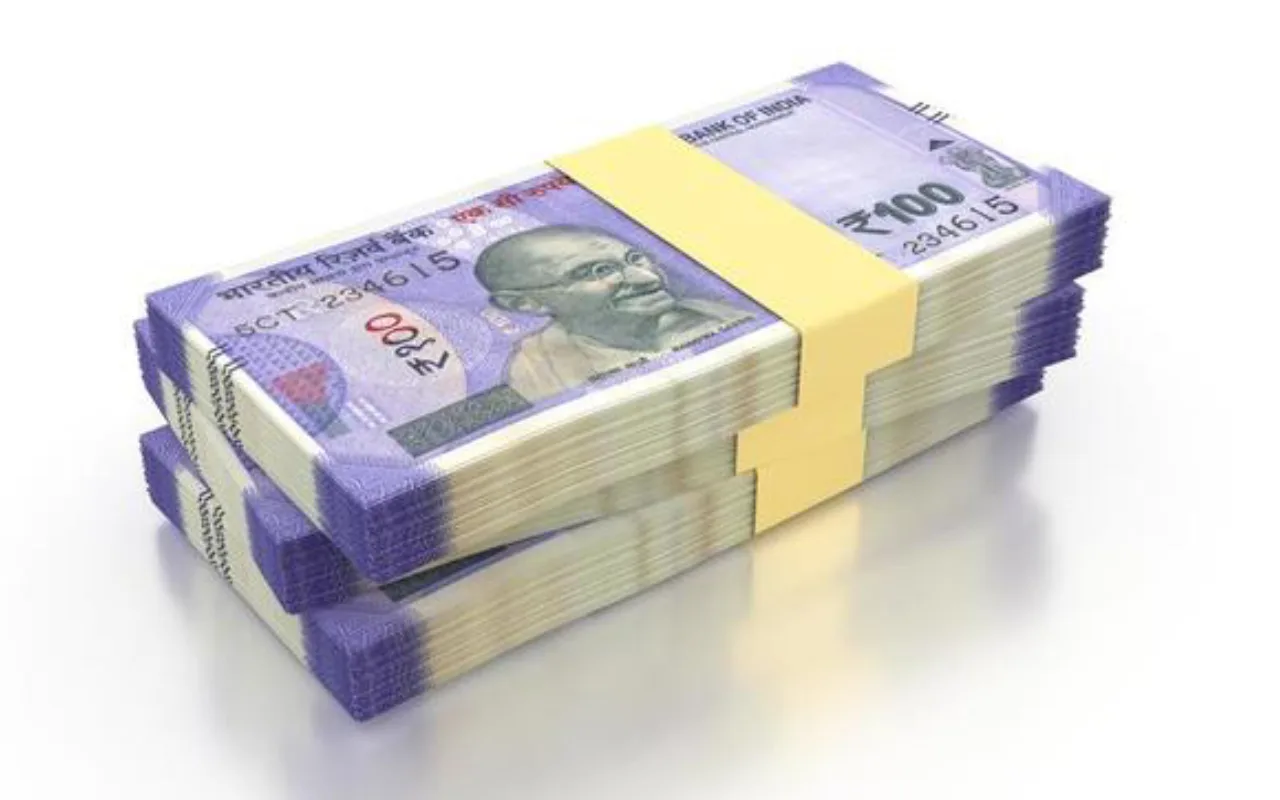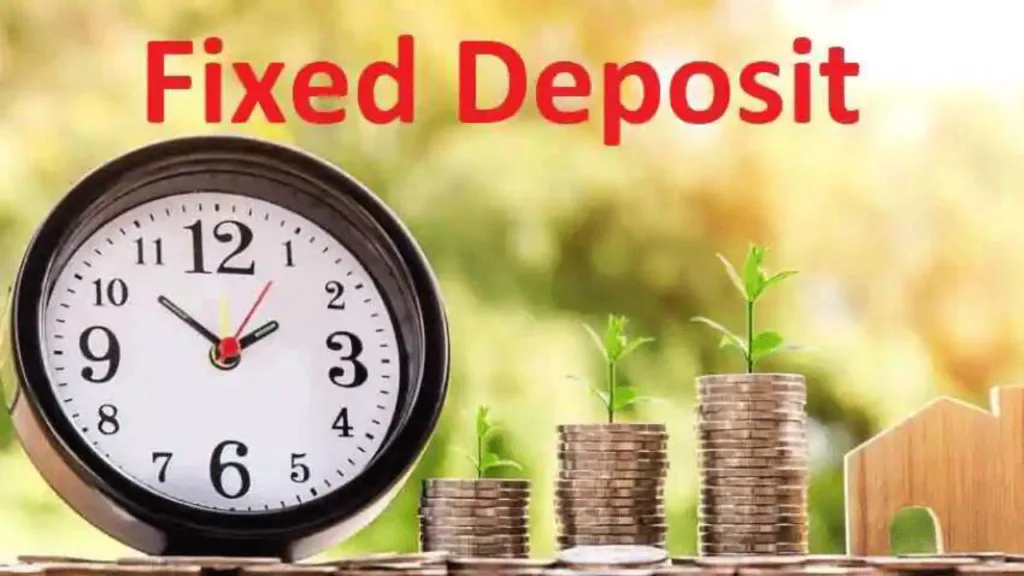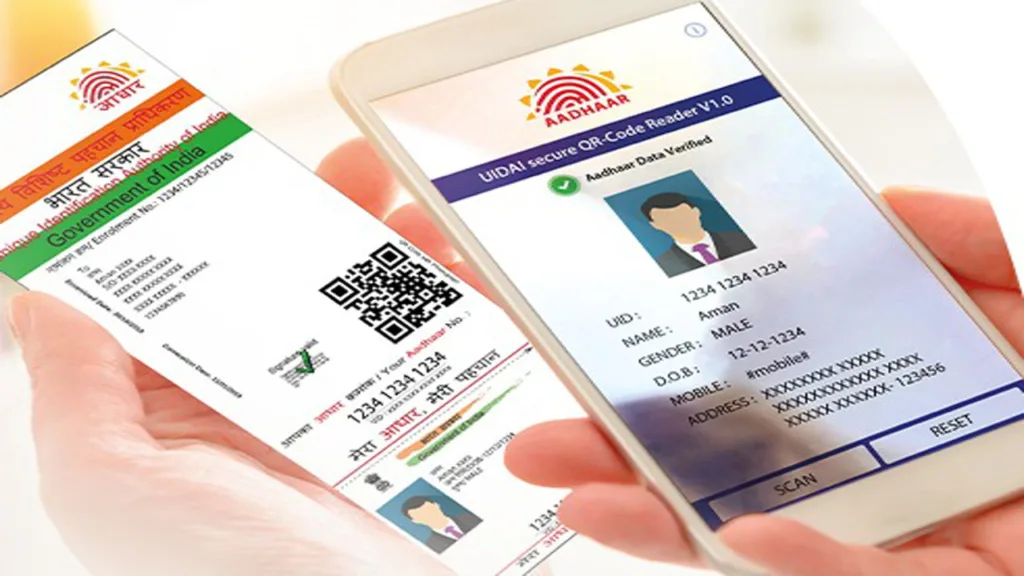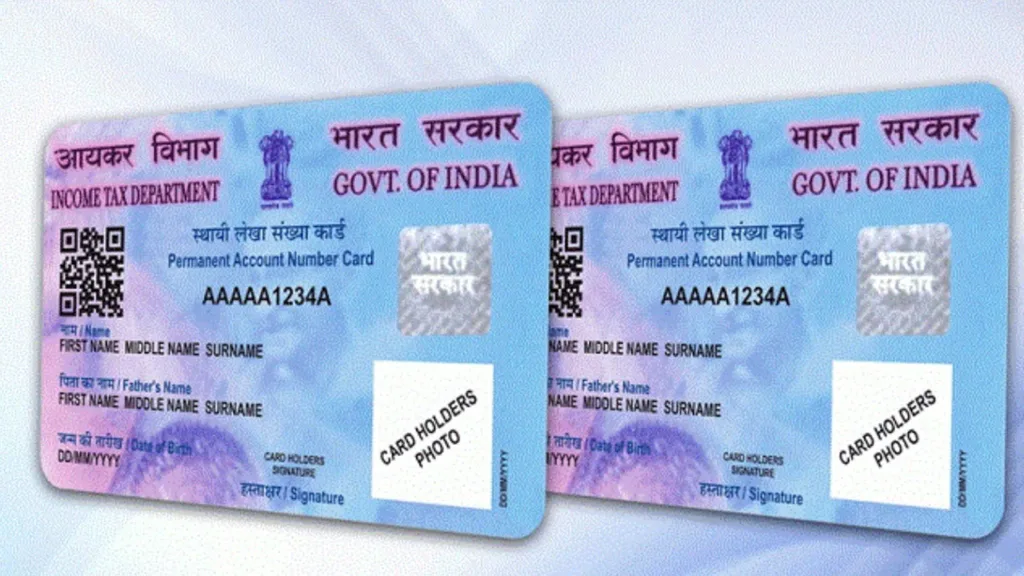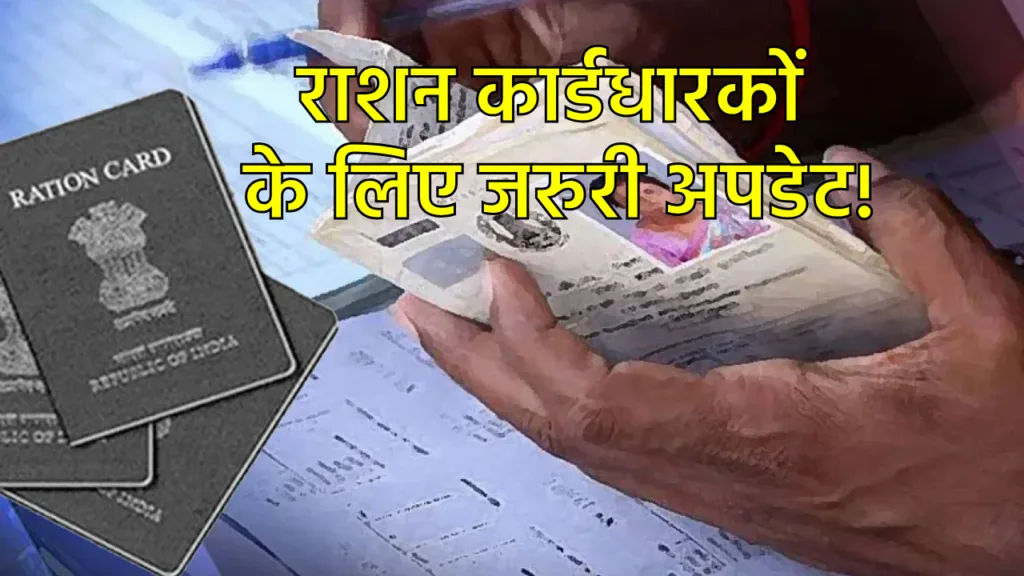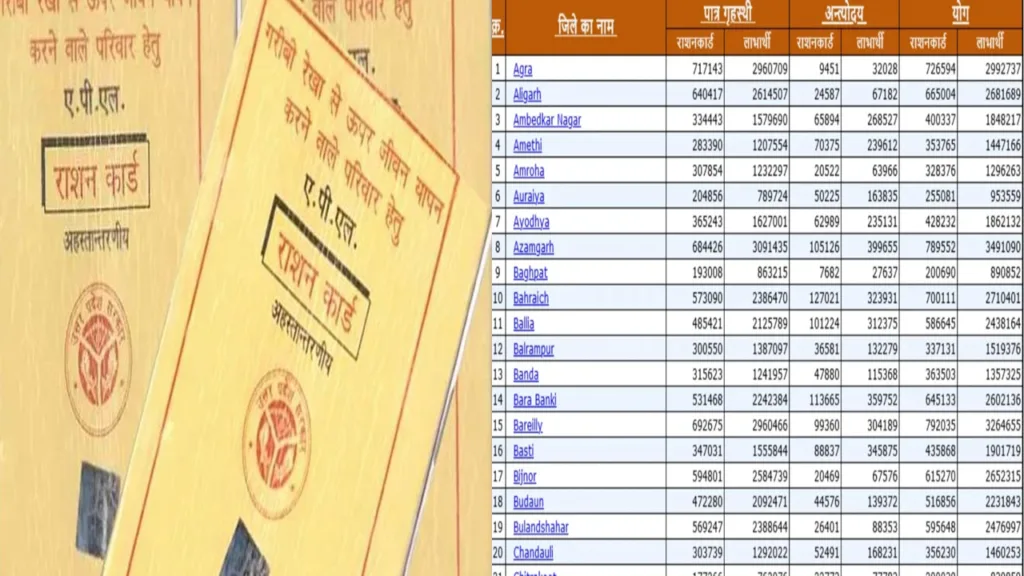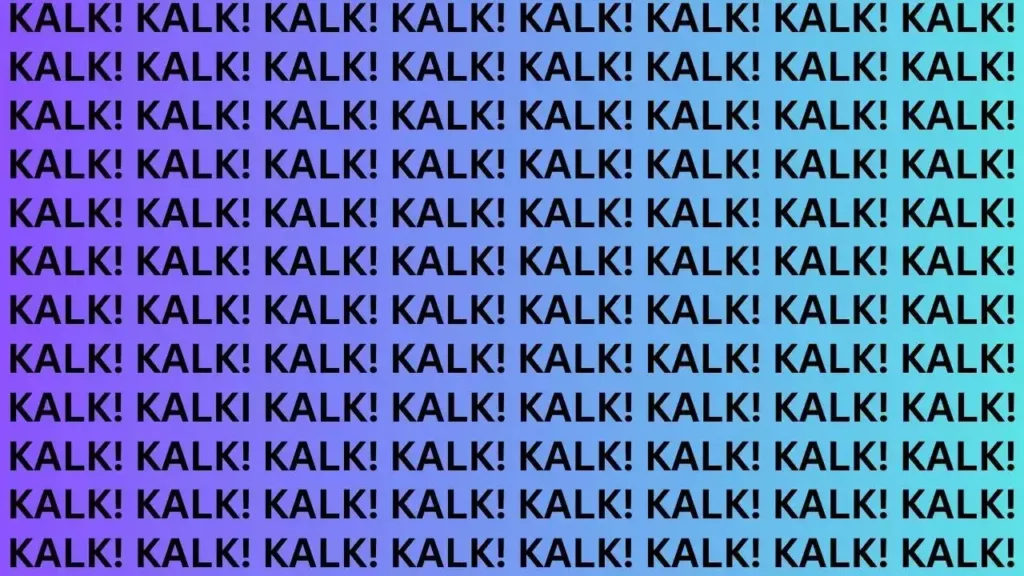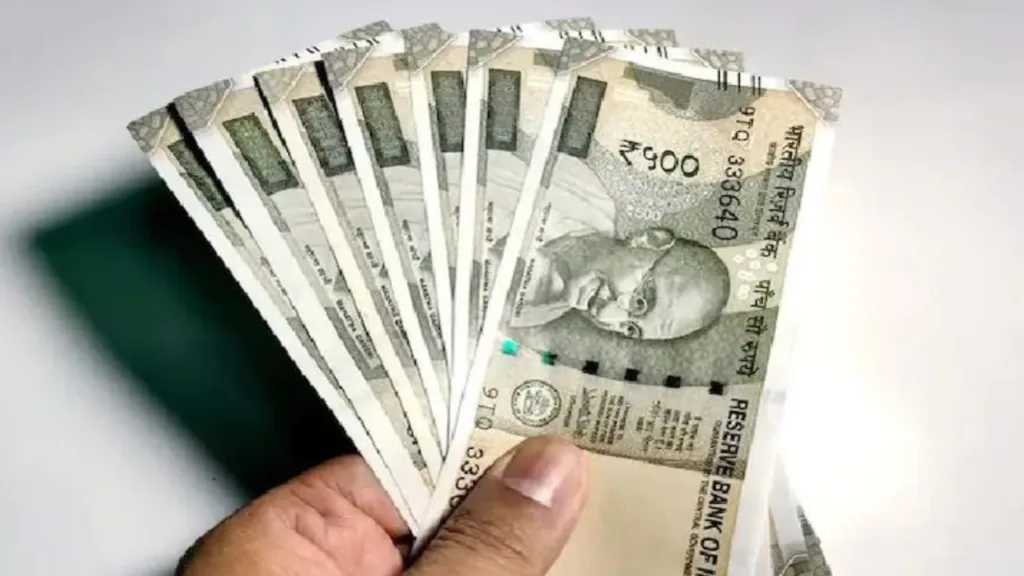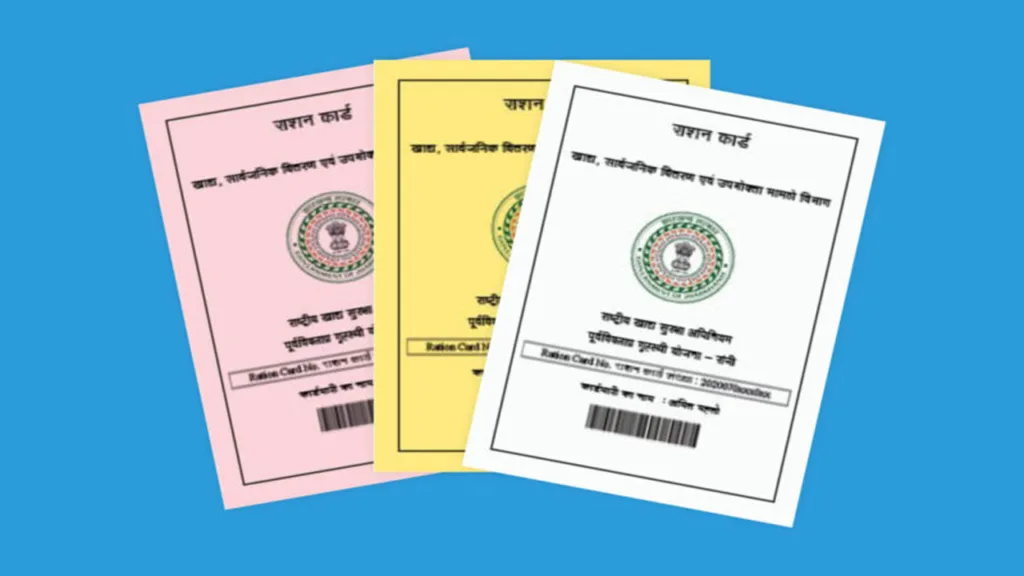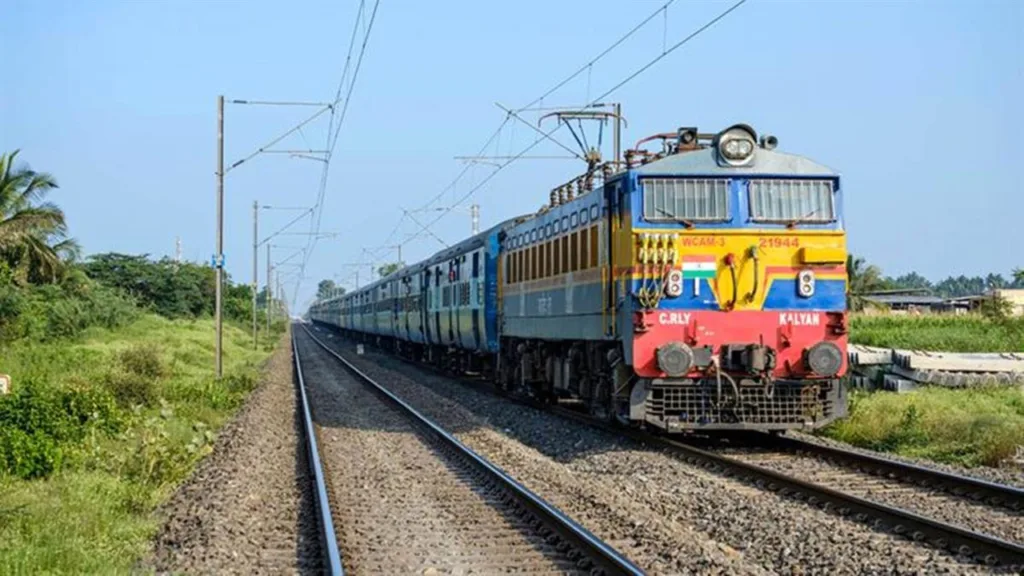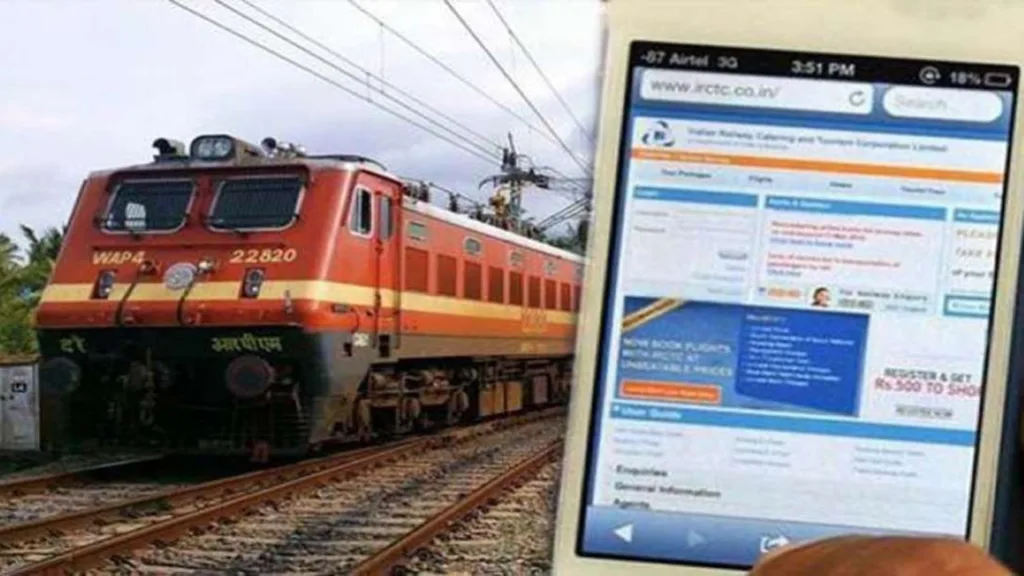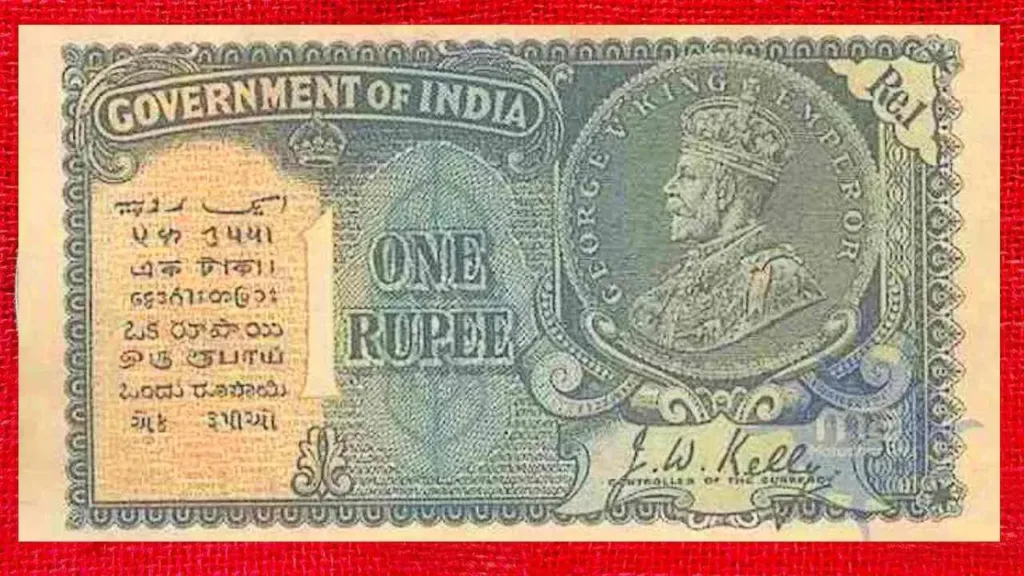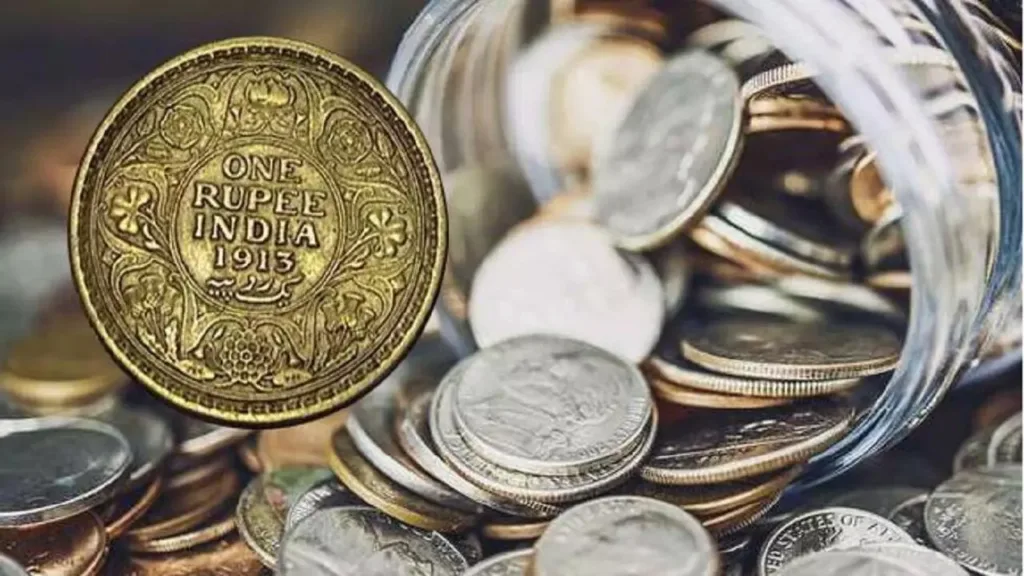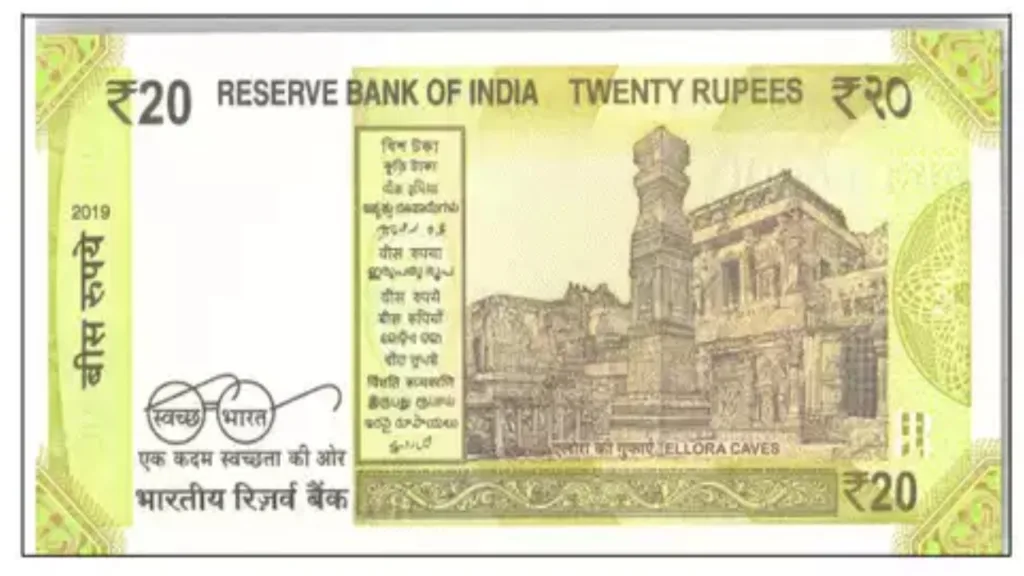The rising cost of higher education often necessitates student loans, leaving many graduates grappling with significant debt. Fortunately, various student loan forgiveness programs in India offer a glimmer of hope for borrowers seeking relief. However, navigating these programs can be daunting, so understanding the options and eligibility criteria is crucial.
1. Demystifying Student Loan Forgiveness: A Glimpse of Relief
Student loan forgiveness refers to programs that discharge all or a portion of a borrower’s outstanding student loan debt. This can significantly reduce the financial burden and provide much-needed breathing room for individuals struggling with repayment. It’s important to note that unlike the complete loan forgiveness program announced in the US, current Indian programs focus on specific situations and borrower profiles.
2. Exploring the Landscape: Available Student Loan Forgiveness Programs in India
While comprehensive loan forgiveness programs are not currently implemented in India, specific schemes offer targeted relief to certain borrowers:
- Teacher Loan Forgiveness Scheme (TLFS): This scheme aims to attract and retain qualified teachers in government and government-aided schools. Under TLFS, eligible teachers can receive full or partial loan forgiveness after completing a specific service period in designated areas.
- Rajiv Gandhi Scheme for Empowerment of Adolescent Girls – Sabla (RGSEAS): This scheme offers financial assistance for higher education to girls belonging to Scheduled Castes, Scheduled Tribes, and Other Backward Classes (OBCs) from low-income families. If a female student avails of a loan under RGSEAS and successfully completes her education, the loan can be converted into a scholarship, essentially erasing the debt.
3. Eligibility Criteria: Who Qualifies for Student Loan Forgiveness?
Eligibility for each program varies, so carefully review the specific requirements before applying. Here’s a general overview:
- TLFS: Open to Indian nationals who hold a Bachelor’s degree in Education (B.Ed.) or equivalent and are recruited as teachers in government or government-aided schools in specific locations.
- RGSEAS: Open to female students belonging to SC, ST, and OBC categories from families below the poverty line, pursuing higher education in recognized institutions.
It’s crucial to remember that these are just a few examples, and other programs or initiatives with specific eligibility criteria might exist.
4. Beyond Forgiveness: Additional Resources and Support
While student loan forgiveness programs offer valuable assistance, other resources can help manage student loan debt:
- Income-driven repayment plans: These plans adjust your monthly loan payment based on your income, making repayment more manageable.
- Loan consolidation: Combining multiple loans into one can simplify your repayment process and potentially secure a lower interest rate.
- Government scholarships and grants: Explore government scholarships and grants offered for specific fields of study or based on financial need.
5. Taking Control of Your Finances: Making Informed Decisions
Understanding student loan forgiveness options and exploring alternative resources empowers you to make informed decisions about managing your student loan debt. Remember, seeking guidance from financial advisors or educational institutions can provide valuable insights and support throughout your journey.

